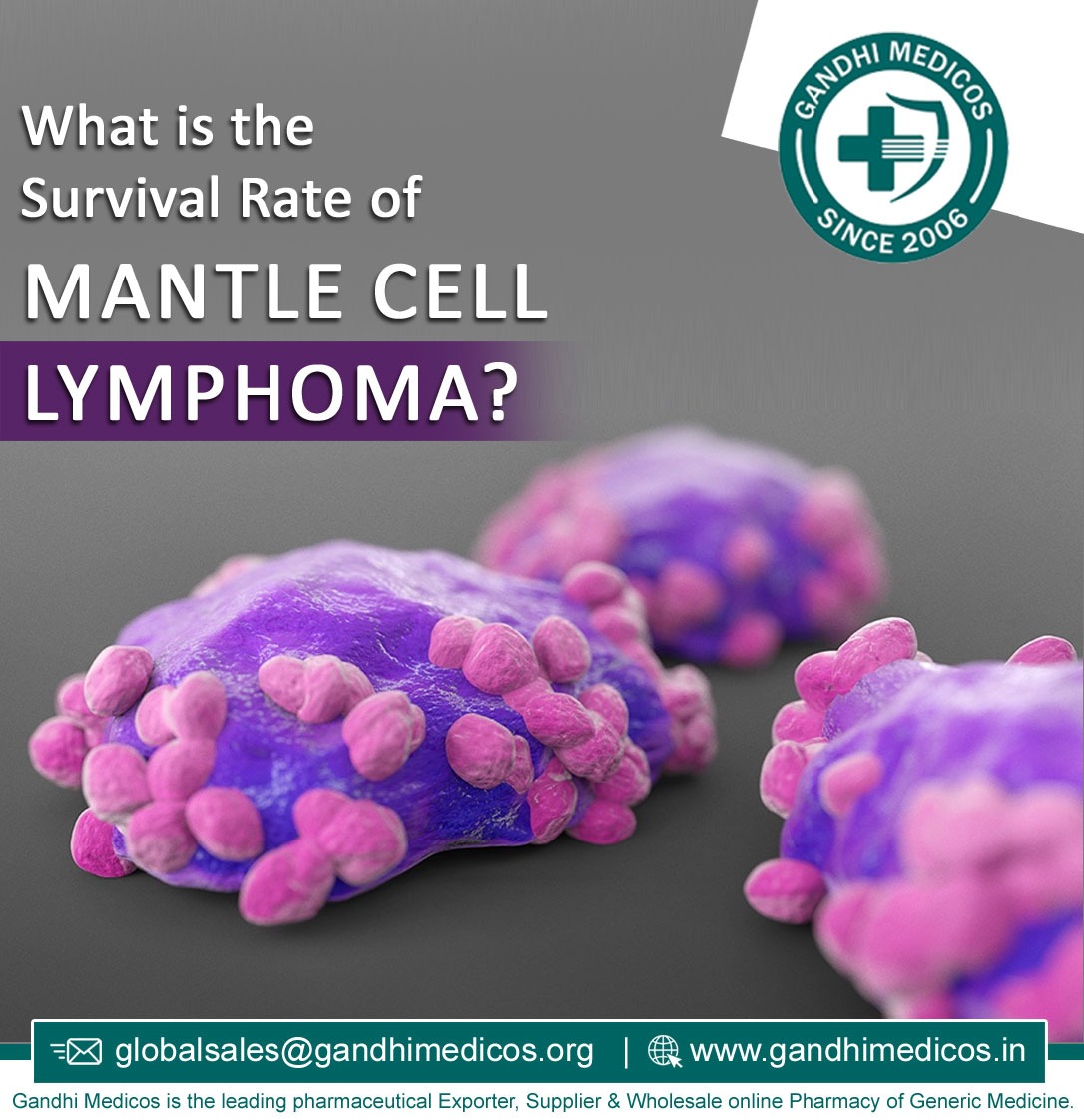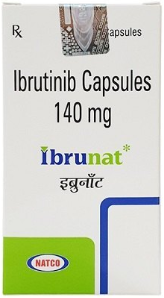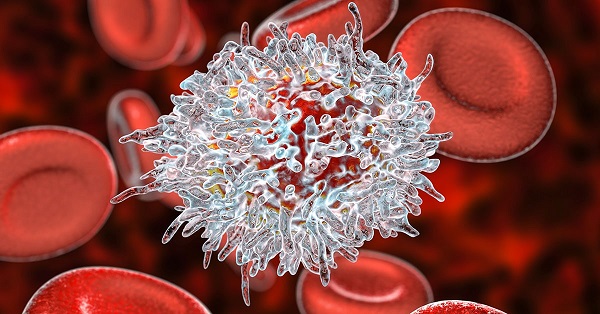Table of Contents
Mantle Cell Lymphoma
 It is an aggressive and rare form of blood cancer developed in a person’s lymph nodes white blood cells. There isn’t a permanent cure for this disease; however, with current treatment options and improved drugs like Ibrunat 140 mg, the aggressive condition can be put in remission. Healthcare providers and researchers worldwide are finding new ways and treatments to make this remission period last for a long time. This article will help you to know the prognosis, symptoms, causes, and treatment procedure of Mantle cell lymphoma.
It is an aggressive and rare form of blood cancer developed in a person’s lymph nodes white blood cells. There isn’t a permanent cure for this disease; however, with current treatment options and improved drugs like Ibrunat 140 mg, the aggressive condition can be put in remission. Healthcare providers and researchers worldwide are finding new ways and treatments to make this remission period last for a long time. This article will help you to know the prognosis, symptoms, causes, and treatment procedure of Mantle cell lymphoma.
Prognosis of Mantle cell lymphoma
Mantle cell lymphoma cannot be cured properly using standard treatments. This is why the prognosis or outlook for this severe disease is poor. Around 50% to 70% of individuals living with mantle cell lymphoma respond to treatment regimes; however, there are chances that this cancer will progress after receiving chemotherapy. On average, mantle cell lymphoma patients’ life expectancy is about six to seven years. The 10-year survival rate for People affected with mantle cell lymphoma range between 5% to 10%.
How can mantle cell lymphoma affect your body?
It is a rare and serious blood cancer that develops gradually before growing rapidly. Even though there isn’t any cure for this condition, advanced treatment options today can improve the prognosis, such as Ibrunat 140 medication.
Medical researchers are still examining new treatments and drugs to make remission last longer. In the advanced mantle cell lymphoma cell stage, cancer can spread to the digestive system and bone marrow from the lymph nodes through the bloodstream. It is a severe disease that spreads quickly and becomes advanced cancer. It is also not a curable and easy-to-treat lymphoma. However, with new targeted treatments like Ibrutinib capsules for mantle cell lymphoma outlook for this dangerous disease has increased significantly.
Treatment 
Treatment depends on the specific health condition of a person. A person can have this disease without showing any warning signs or symptoms.
The best treatment processes for managing mental cell lymphoma are chemotherapy, immunotherapy, autologous stem cell transplantation, maintenance therapy, monoclonal antibody therapy, and effective medications like ibrutinib 140 mg. You can learn more about ibrutinib 140 mg uses and its side effects from your healthcare professional.
What is the survival rate for people living with mantle cell lymphoma?
Survival rates for this aggressive and rare cancer are much lower than for other types of cancer. Cancer Research is taking place by leaps and bounds, so the overall survival rate of mantle cell lymphoma patients has improved dramatically over a few years. However, it is a rarely curable cancer, with chemotherapy as the only standard treatment. Relapses of this cancer are also quite common. On average survival rate for people diagnosed with mental cell lymphoma ranges between three to five years after diagnosis. In other words, around 50% of cancer-affected people stay alive for three to five years after diagnosis and treatment.








 +91-9811604444/ 9811604424/ 9999064250
+91-9811604444/ 9811604424/ 9999064250  8(800)100-47-90
8(800)100-47-90

